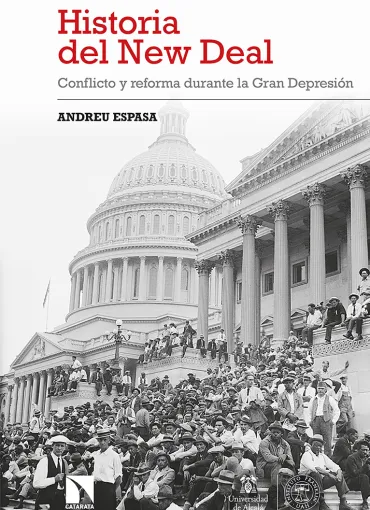Summary:
The Great Depression is considered to be the largest, longest and most severe economic crisis of the 20th century and was marked by severe unemployment and successive bankruptcies since the Wall Street Crash of 1929. It even jeopardized the United States’ solid political tradition, whose working classes demanded a new social pact that accommodated their requests. It was in this context that Franklin Delano Roosevelt, icon of US progressivism, took hold of the presidency in 1933 and tried to push forward an ambitious reform program known as the New Deal. Although the key points of this New Deal were inspired by the Keynesian revolution, which defended a greater involvement of the state in economic affairs, this book addresses the history of the New Deal as a process that, far from trying to apply a specific theory, was marked by a great deal of experimentalism, with numerous improvisations, partial failures, and constant corrections. Lastly, Roosevelt’s Administration (1933-1945), laid the foundation for the creation of the US welfare state and the beginning of a long-term economic recovery, while assuming the risks and contradictions of elevating Washington to its new position as the world’s leading power.


